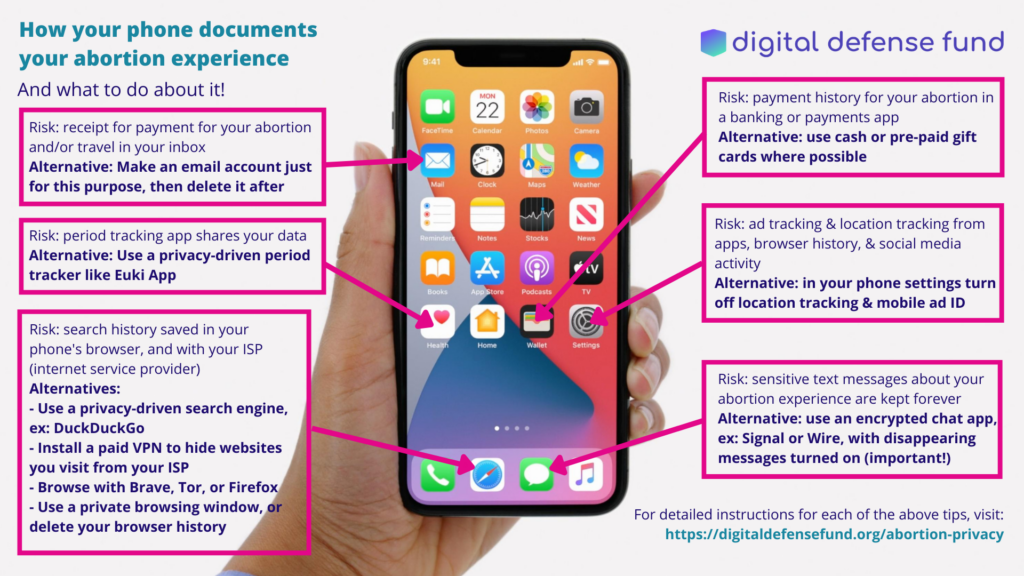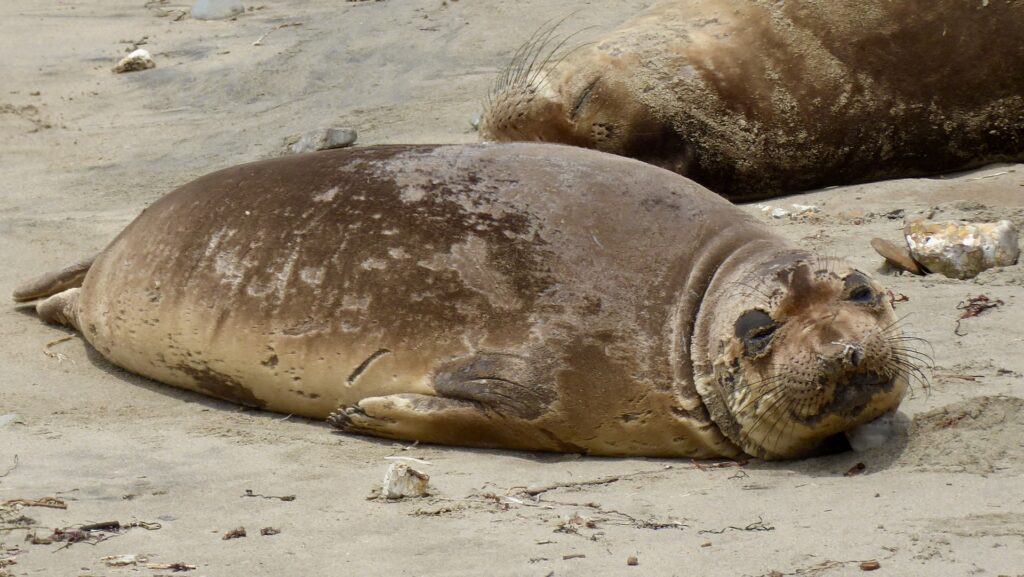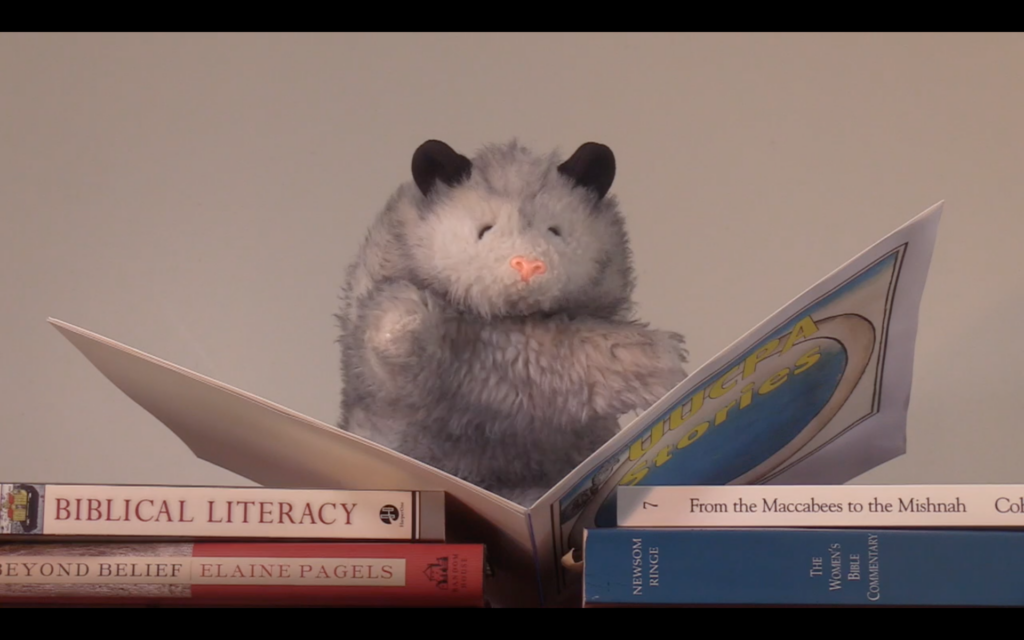If you’re reaching sexual maturity today, you have a wide array of sexual orientations with which you might identify. There are the old categories of straight, bisexual, gay, and lesbian. There is a continuum from asexual through graysexual to allosexual, though it’s not a linear continuum since it also includes demisexual and aspec and other identities. The old continuum of gay/lesbian to straight (where if asked “how gay are you?” you might reply “a Kinsey 6”) now must include more than two binary genders. Thus, in addition to gay or straight, we now have pansexual, omni sexual, polysexual, etc.
In my observation as a sexuality educator, this plethora of sexual orientations can be both freeing and confusing for young adolescents. Some young adolescents, including the ones who have felt they are somehow different than the norms shown in popular culture, are relieved to find that there are other people out there like them. Other young adolescents, including those who may feel that they don’t fit into pop culture norms, may not see themselves reflected in any of the existing categories, or may see themselves reflected in more than one category. Even young adolescents who fit into one of the old categories (one they don’t have to explain to their parents) find the need to understand the new plethora of sexual orientations, as friends and acquaintances identify with other sexual orientations.
I think it’s helpful to introduce young adolescents to the concept of sexual fluidity. Back in 2014, social psychologist Justin Lehmiller wrote:
“Over the last decade [i.e., prior to 2014], the concept of sexual fluidity has drawn great attention from both scientists and the general public alike. In case you aren’t familiar with it, the basic idea behind sexual fluidity is that some of us have the capacity for a ‘flexible’ erotic response, which can lead to significant variability in one’s pattern of sexual attraction, behavior, and identity over time. In other words, someone who is sexually fluid may experience fluctuations in who they are attracted to, who they sleep with, and what labels they identify with multiple times over the lifespan.”
In other words, your sexual orientation can change over time. I feel this is a useful corrective to a culture that seems to want to put us into a limited number of essentialist categories — we are gay or straight (but not something in between), black or white (but not biracial), Democrat or Republican (but not socialist or communist).
There’s a theological point here. Existentialist theology suggests that humans don’t have a pre-existing essence. We define our essences ourselves, through our actions in the world. By contrast, essentialist theologies insist that humans have defined essences from their beginnings. Essentialist theologies include both conservative Christian theologies (“man is sinful”) on the one hand, and atheist theologies (“humans are programmed by their biology”) on the other hand.
While some Unitarian Universalists do espouse essentialist theologies, mostly essentialist atheist theologies, I’d like to think that most of us do not fall into the essentialist trap. Instead, we assert that humans can change over time. Where others try to place humans into little boxes of essentialist identities, as existentialists we know that we have the ultimate freedom to define our own essence through our actions.




